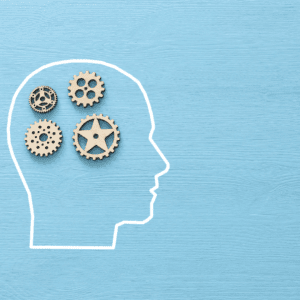
Ever found yourself pondering over your child’s attention span (or lack thereof)? Wondering if it’s just a phase or something more? You’re not alone in this journey. Many parents find themselves asking, “Is this normal?” or “When will my child start focusing more?”
In your quest for answers, you’ve likely encountered the terms ADD and ADHD. These aren’t just acronyms or boxes to fit your child into; they’re windows into understanding their unique world.
Beyond the Surface: Understanding ADD and ADHD
Let’s dive into what these terms really mean. ADD (Attention Deficit Disorder) and ADHD (Attention Deficit/Hyperactivity Disorder) are essentially two sides of the same coin. They’re most commonly associated with children and characterized by a lack of focus and, in the case of ADHD, an overflow of energy.
But how does this all happen? It’s a sensory story. We all know the five basic senses, but there are two more players in the game: the vestibular system (your balance and movement maestro) and proprioception (your body’s motion detector).
From birth to age three, children are in a neurological sprint, forming a million new connections every second. Imagine their brains trying to juggle seven senses at once! It’s like having a volume control that’s either too loud or too soft. This sensory overload (or underload) is where ADD and ADHD originate.
ADD vs. ADHD: The Sensory Balancing Act
ADHD is like a brain craving more sensory input, leading to hyperactive behavior. It’s the brain’s way of saying, “Hey, I need more information here!” This is why kids with ADHD might talk a lot, fidget, or constantly need to move – they’re literally trying to feed their brains with motion.
ADD, on the other hand, is a bit more low-key. It’s the same sensory imbalance, but without the fallback on hyperactivity. Kids with ADD are processing information, just at their own pace.
From Conception to Childhood: The Formation of ADD and ADHD
These conditions start taking shape right from conception, influenced by physical, chemical, and emotional stressors. Everything from birth interventions to early childhood experiences plays a part.
Is this your child’s story?
If this resonates with you and you suspect your child might have ADD or ADHD, it’s time for some proactive steps. Understanding these conditions is just the beginning.
How Neurological-Based Chiropractic Care Can Help
Here’s where neurological-based chiropractic care comes in. It’s been shown to make a significant difference in brain input, vestibular function, and overall focus. This approach goes beyond traditional methods, offering a holistic view of your child’s health.
Embark on a Journey of Understanding and Healing
At Purpose Driven Chiropractic, we’re dedicated to guiding you through this journey. We offer comprehensive insights into ADD and ADHD, from causes and symptoms to innovative chiropractic solutions.
If you’re ready to delve deeper and explore how chiropractic care can enhance your child’s life, our team is here to help.
Your child’s wellbeing is our priority. Embracing and adapting to their unique needs is the greatest gift you can offer them. Let’s start this journey together – schedule a consultation today. We’re excited to meet you and make a positive impact on your child’s life!






















